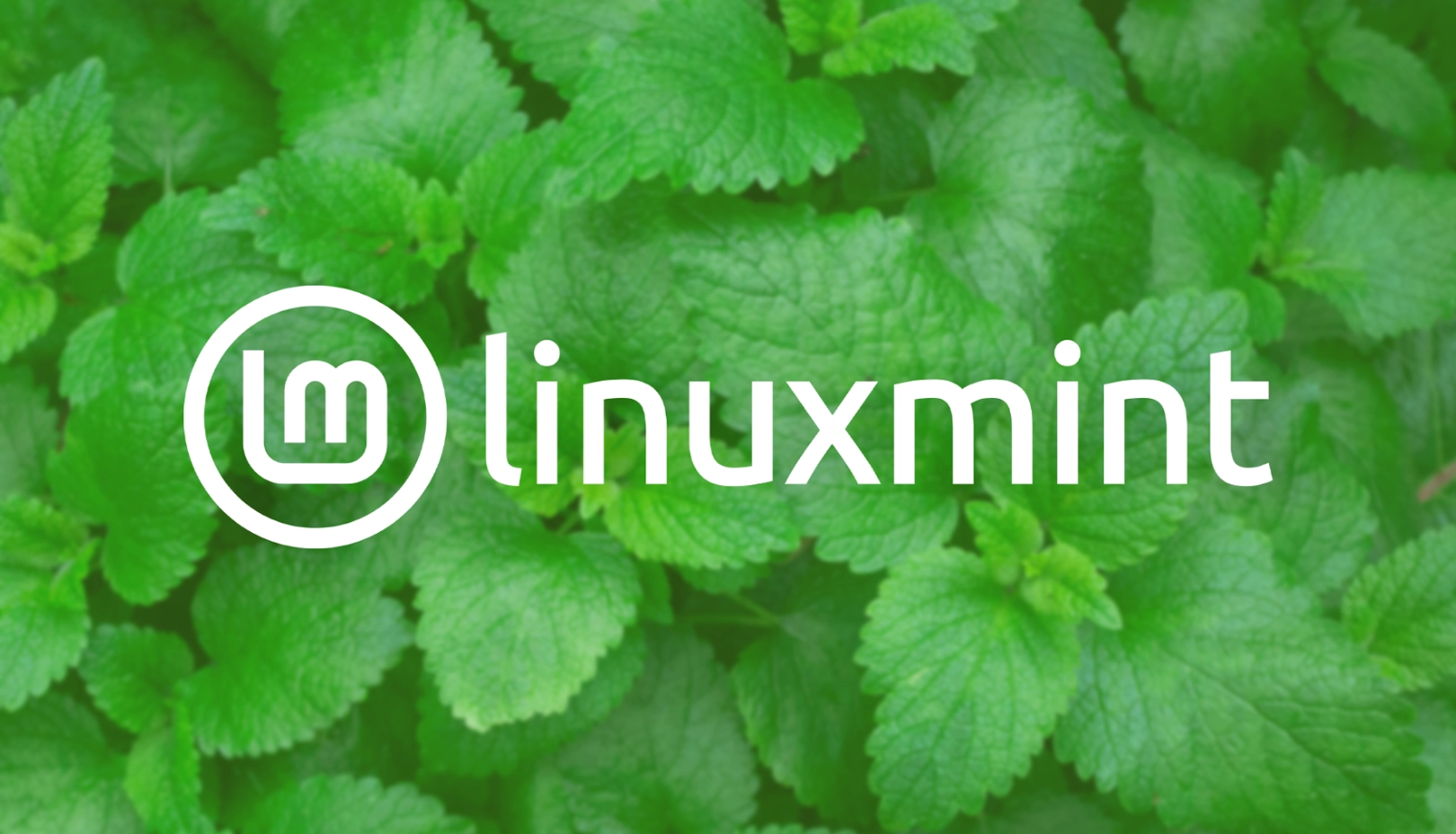Linux Mint has revealed its plans to introduce a native Night Light feature within the Cinnamon desktop environment.
Prior iterations of Linux Mint utilized a third-party application known as Redshift to offer similar blue light filtering capabilities.
However, when the Mozilla location service ceased operations earlier this year, the geo-location functionality that powered Redshift—which enabled the feature to automatically activate at sunset based on a user’s location—was rendered ineffective.
The developers behind Linux Mint believed it was unreasonable to expect users to manually input their location’s longitude and latitude coordinates in the application, especially considering the distribution’s reputation for being user-friendly.
With the release of Linux Mint 22, the team decided to eliminate Redshift from the standard installation. However, users can still find the application in the Linux Mint repositories if they wish to install it themselves.
To compensate for this change, Linux Mint is planning to introduce its own native ‘Night Light’ feature, also known as ‘Night Mode’ in Android, in the upcoming Cinnamon desktop version. This will be included in Linux Mint 22.1, which is expected to be released toward the end of the year following Mint’s typical release schedule.
Night Light aims to decrease the amount of blue light that the screen emits, warming the display’s color as bedtime approaches to help alleviate eyestrain and enhance sleep quality.
Linux Mint (all sic)
The Linux Mint team expresses its intention of having this feature fully integrated into the Cinnamon desktop, functioning seamlessly in both Wayland and Xorg environments.
Redshift significantly contributed to the rise of blue-light filters in computing. I discussed it on this blog as far back as 2010, and although it remains functional (albeit lacking location-detection features currently), it is an older application that does not support Wayland.
Given that Linux Mint’s Wayland support is still in its early stages (with Linux Mint 22.1 continuing to use Xorg by default), it definitely makes sense for the development team to focus on a singular, cohesive solution that seamlessly operates across both Xorg and Wayland.
This approach allows the developers to help alleviate eye strain from decreased blue light exposure and to avoid the unnecessary labor of developing a new solution in the future when Linux Mint finally transitions to Wayland as its default.
Do you find Night Light-style features beneficial, or do you tend to skip them? I’d really appreciate hearing your thoughts in the comments (which may not load for some users for reasons beyond my control).
